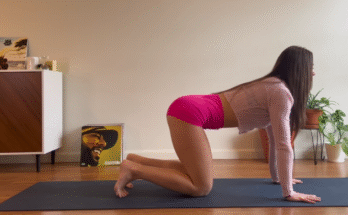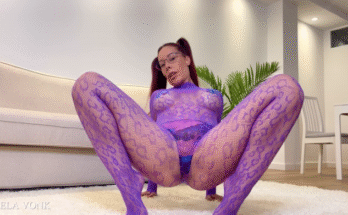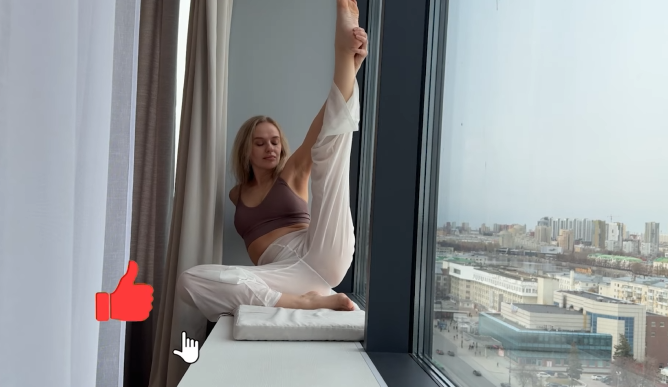
Flexibility is more than just the ability to touch your toes or perform a perfect split—it’s about improving the mobility of your muscles and joints so that your body moves with ease, grace, and balance. A consistent yoga flow can work wonders on the entire body, helping you stretch out tight areas, build strength, and enhance body awareness. Whether you’re a beginner or someone looking to deepen your flexibility, this yoga flow is designed to target every major muscle group and leave you feeling open, grounded, and refreshed.
Let’s dive into a complete yoga flow for total body flexibility that you can practice daily or a few times a week. The best part? You don’t need any fancy equipment—just a yoga mat and your breath.
1. Begin with Centering and Breathwork (5 Minutes)
Start in a comfortable seated position with your spine tall, shoulders relaxed, and hands resting on your knees or lap. Gently close your eyes and bring your attention to your breath.
Take slow, deep inhales through the nose and long, steady exhales through the mouth. Let your mind settle. Spend a few moments scanning your body and observing how it feels. Notice any areas of tension, stiffness, or tightness.
After a few breaths, begin a gentle seated neck stretch:
- Drop your right ear to your right shoulder and breathe deeply.
- Switch sides.
- Then gently roll your head forward and back to awaken the cervical spine.

2. Cat-Cow Pose (Marjaryasana-Bitilasana) – 1 Minute
Come into a tabletop position with wrists under shoulders and knees under hips. Inhale, drop your belly, lift your head and tailbone (Cow Pose). Exhale, round your spine, tuck your chin and pelvis (Cat Pose). Repeat this for 6-8 rounds.
This gentle movement wakes up the spine and starts to warm up the entire back and core.
3. Downward Facing Dog (Adho Mukha Svanasana) – 2 Minutes
From tabletop, tuck your toes and lift your hips into Downward Dog. Pedal your feet, bend one knee at a time, and gently stretch your calves and hamstrings.
Hold for a full minute while breathing deeply. Try to lengthen your spine and press your heels towards the mat.
Downward Dog is a key posture for full-body flexibility, targeting the shoulders, back, hamstrings, calves, and even the arches of the feet.
4. Low Lunge with Side Bend (Anjaneyasana variation) – 3 Minutes
Step your right foot forward between your hands into a low lunge. Keep your left knee on the floor. Inhale, reach both arms up. Exhale, lean to the right to create a side bend.
This stretches the hip flexors, thighs, and side body. Hold for about 5 breaths and switch sides.
You can also add gentle twists by placing your opposite elbow across your knee for a spinal rotation.

5. Wide-Leg Forward Fold (Prasarita Padottanasana) – 2 Minutes
Stand tall and step your feet wide apart. Hinge at the hips and fold forward, bringing your hands or forearms to the floor. Let your head hang heavy. Gently sway side to side or walk your hands towards one ankle and then the other.
This posture deeply stretches the inner thighs, hamstrings, calves, and spine. It’s especially helpful if you spend a lot of time sitting.
6. Half Split Pose (Ardha Hanumanasana) – 2 Minutes
From a low lunge, shift your hips back and straighten your front leg, flexing your toes toward your face. Keep your spine long as you fold forward.
This pose focuses on hamstring and calf flexibility, especially for runners or those with tight legs. Stay for 5-8 breaths on each side.
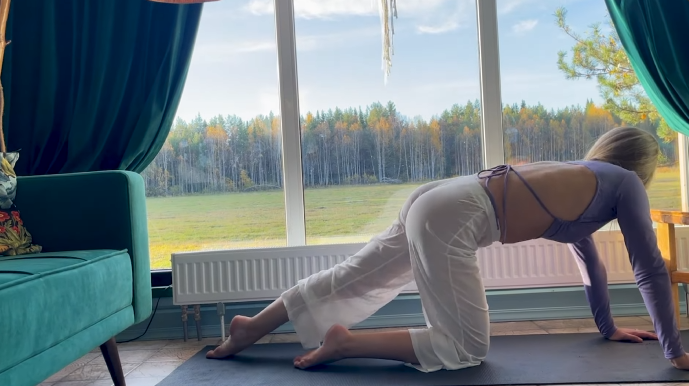
7. Pigeon Pose (Eka Pada Rajakapotasana) – 4 Minutes
Come into Pigeon by sliding your right knee forward and placing it behind your right wrist, with your shin angled slightly. Extend your left leg back behind you. Lower your chest over your front leg.
Pigeon is a deep hip-opener and glute stretch. If you’re tight, place a block or pillow under your hip. Stay for 2 minutes on each side, breathing through any tension.
8. Seated Forward Fold (Paschimottanasana) – 3 Minutes
Sit with your legs extended in front of you. Inhale, lift your arms overhead. Exhale, fold forward from the hips, reaching toward your feet or ankles.
This classic pose targets the entire back of the body—spine, hamstrings, and calves. Relax your neck and let your breath deepen the stretch.
9. Supine Twist (Supta Matsyendrasana) – 2 Minutes
Lie on your back, hug your knees into your chest, and gently drop them to one side while extending your arms out like a T. Look in the opposite direction for a full spinal twist. Repeat on the other side.
Twists release tension from the spine and help with digestion. Keep your shoulders grounded as you breathe into the stretch.
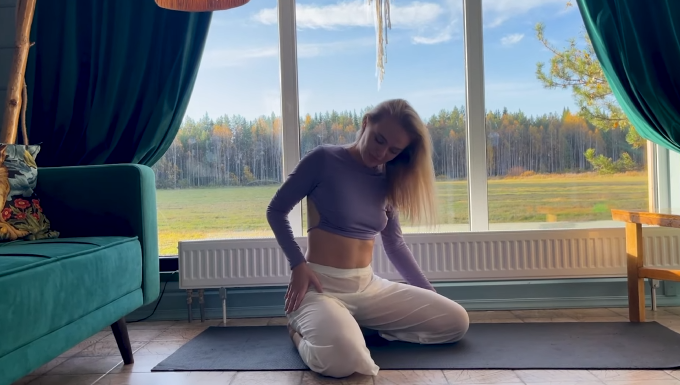
10. Happy Baby Pose (Ananda Balasana) – 1 Minute
While still on your back, grab the outer edges of your feet with your hands. Bend your knees and bring them toward your armpits. Gently rock side to side.
This pose stretches the hips, inner thighs, and groin while offering a calming effect on the nervous system.
11. Bridge Pose (Setu Bandhasana) – 2 Minutes
Bend your knees and place your feet hip-width apart on the mat. Press into your feet to lift your hips, engaging your glutes and opening your chest. You can clasp your hands underneath your back and shimmy your shoulders closer together.
Bridge Pose strengthens the glutes and back while stretching the chest, shoulders, and hip flexors.
12. Legs-Up-the-Wall (Viparita Karani) – 3 Minutes
Scoot your hips close to a wall and extend your legs upward. Rest your arms by your sides. This gentle inversion relaxes the legs, improves circulation, and calms the mind. Stay here as long as you like.
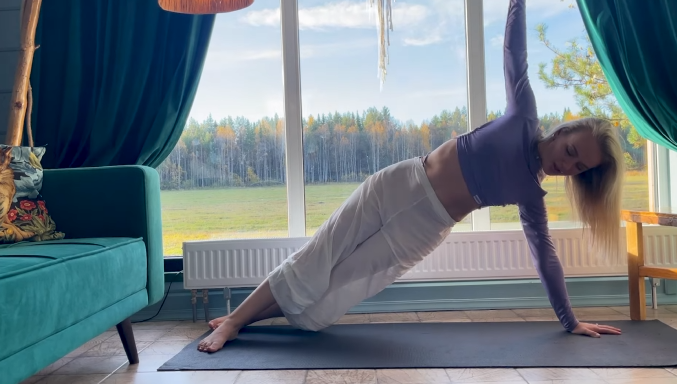
13. Final Relaxation (Savasana) – 5 Minutes
Lie flat on your back, arms relaxed by your sides, palms facing up. Let your feet fall open. Close your eyes and allow your entire body to soften.
Focus on your breath and let go of any tension or thoughts. This final pose allows your body to integrate the benefits of the practice, restoring peace and balance.
Final Thoughts
Practicing a total body flexibility yoga flow doesn’t just help you become physically limber—it creates space in your body and mind. You’ll notice improved posture, reduced aches, better movement patterns, and enhanced emotional well-being.
Aim to repeat this flow regularly and be patient with your body. Flexibility takes time and consistency. Each time you return to your mat, you’re investing in yourself. Breathe deeply, stay present, and enjoy the journey. Namaste.

